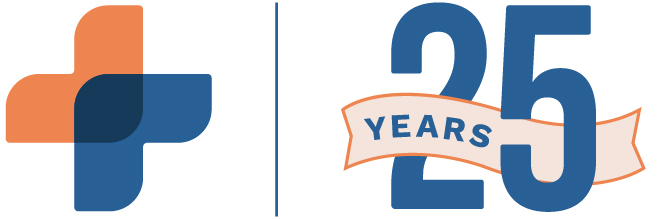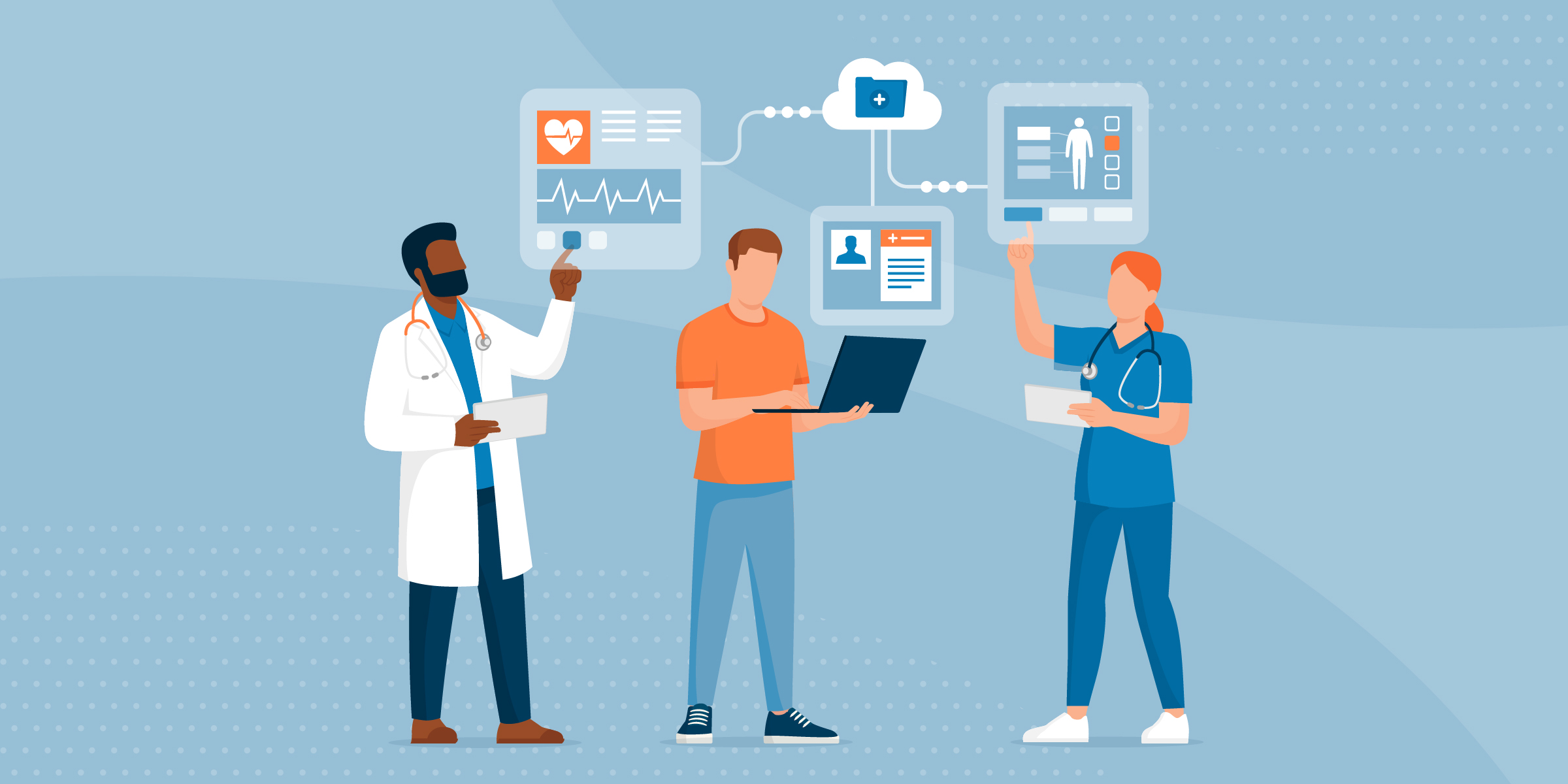The 21st Century Cures Act (or more simply, the Cures Act) was signed into law by President Barack Obama on December 13, 2016 after being originally introduced in early 2015. The legislation, which received overwhelming bipartisan support in the U.S. House of Representatives and the Senate, was designed to further research on serious illnesses, accelerate drug and medical device development, reduce the opioid epidemic, and improve mental health care.
According to the Office of the National Coordinator for Health Information Technology (ONC), the goal of the Cures Act is “to give patients access to their electronic medical record at no additional cost and allow providers to choose the IT tools that allow them to best care for patients without excessive costs or technical barriers.”
The act promotes the use of electronic access and exchange of patient health information—the 2020 Cures Act Final Rule implemented interoperability provisions, promoting further patient control over their health information.
Wondering how the Cures Act impacts your healthcare practice? It’s critical that healthcare providers and physicians everywhere consider whether their practice technology is ready to comply with the stipulations of the Cures Act and facilitate interoperability.
How Does the 21st Century Cures Act Impact Your Practice Software?
Sharing patient health information has always been a difficult, time-consuming, and risky process—before digital databases and information, paper records required manual phone calls, mailing, emailing, faxing, and more. After electronic records became synonymous with modern healthcare, information blocking was one of the primary factors that prevented seamless interoperability. This term refers to the interference, prevention, or discouragement of exchanging or accessing electronic health information.
The Cures Act includes new technical certification criteria that advance interoperability and make it easier for patients and providers to access health data in a private, secure way. On October 6, 2022, the Final Rule expanded beyond the United States Core Data for Interoperability (USCDI) Version 1 to include all of the electronic protected health information (ePHI) patients have the right to access under HIPAA. Under the new definition, healthcare practitioners are prohibited from engaging in practices that prevent patients from accessing their own health data or blocking any health data sharing with a patient’s approved third parties.
To ensure medical practice organizations are meeting these new regulations, the Cures Act requires that all health information technology developers, exchanges, or networks—for example, your Electronic Health Record (EHR) software vendor—must be updated and remain compliant to encourage electronic health information (EHI) sharing. Complying with new regulations will promote further innovation within the healthcare industry and allow for the accurate, secure, and seamless exchange of information between patients and primary care providers. It also allows for better exchange—with patient consent—between providers and external health organizations and referral networks.
Other key regulatory dates your software vendor should be keeping track of regarding the Cures Act through 2023:
- December 31st, 2022: New HL7 FHIR API capability and other Cures update criteria made available.
- March 15th, 2023: Submit Initial Real World Testing Results
- December 31st, 2023: EHI export capability made available.
What Does the 21st Century Cures Act Mean for Your Patients and Your Practice?
The Cures Act provisions benefit patients, healthcare providers, and health IT developers alike. For example, improved interoperability and the prevention of information blocking related to the access, exchange, or use of EHI. It also helps to ensure healthcare providers are compliant with new mandates.
Patients
The Cures Act will provide patients with more accessibility, control, and security of their protected health information (PHI) and EHI. For example, patients will be able to access their medical information, health records, and more from a connected Patient Portal via smartphones and modern software applications like MyRXNT. Patients can also determine which information they want to be shared or viewed by certain applications such as telehealth platforms or patient portals or with individuals such as family members or caregivers. Finally, the legislation provides more transparency into care quality and costs for providers, which helps patients make informed care decisions.
Providers
By removing technological barriers to patient information access, healthcare providers nationwide can make smarter, more informed decisions regarding their patients. With increased visibility, providers are able to pull in relevant information from referrals, third parties, and external health networks, reducing the potential for harm caused by the incomplete or improper exchange of patient data. In 2023, RXNT is adding a customizable contact database across our entire software suite, providing physicians with a comprehensive view of a patient’s history.
IT Developers
The certified API requirements included in the Cures Act are based on the USCDI efforts to standardize data sets across healthcare practices. These standardizations can help minimize development and maintenance costs and improve data compliance. RXNT, for example, is updating Data Class and Data Elements to follow USCDI version 1 guidelines that ensure smoother, easier access to patient health information.
The Cures Act keeps the patient at the center of healthcare, so health information technology (HealthIT) can:
- Help patients and providers to make better, more informed decisions surrounding patient care.
- Enable patients to research, analyze, and select providers and care options best suited to their needs.
- Provide patients with a convenient, easy way to access their health info via mobile and desktop apps.
How RXNT is Responding to Keep Physicians Complaint With Cures Act Regulations
With new and updated regulations for the Cures Act releasing since the original legislation in 2016, it’s crucial for all healthcare providers to keep tabs on and implement new workflows to ensure compliance and a seamless patient care journey. Avoid penalties and improve the patient experience with a certified, compliant software solution.
RXNT enables you to meet new regulations with ease via the new features added to our platform, including data class and elements that are USDCI V1 compliant, audit logs, FHIR import/export capabilities, a new customizable contact database, and more.
With each new feature, you and your patients can easily access documents, labs, test results, and encounters from a single system. RXNT’s Patient Health Records (PHR) solution ensures patients can access their protected health information (PHI) and personal records anytime, anywhere, and from any device.
“RXNT will now allow patients to select specific information from their health record and send it securely to external platforms”
– Coleman Young, Product Manager for Electronic Health Records at RXNT.
These new enhancements allow updates to the PHR via interaction with data from external sources, and an option to add external notes to a patient’s health chart with one click. RXNT now allows providers and patients the ability to access the same information regardless of size, specialty, or network from any device, anytime.





